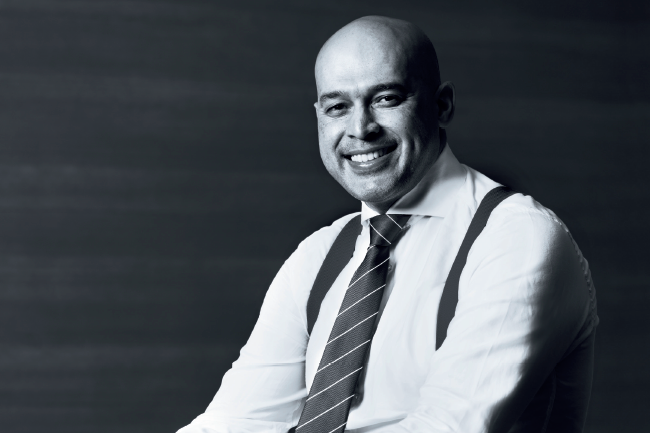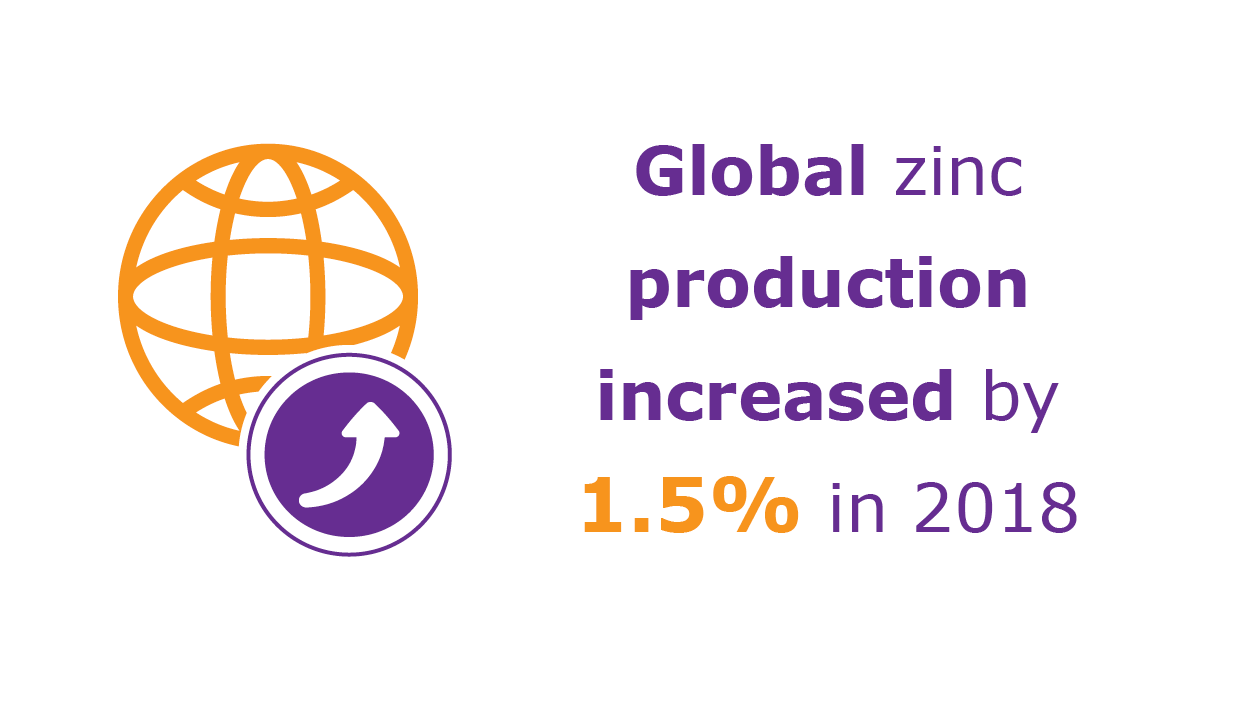With most global business sectors now transitioning from digital transformation into digital evolution, the mining industry is somewhat lagging. Industrial Revolution 4.0 technologies may be evident in terms of automation but data analytics is yet to be fully embraced. This may not necessarily be a negative given that those slow to adopt technology may find more benefit from piggy-backing on reputable service providers that have already invested in demystifying the digital explosion from a mining perspective.
WorleyParsons is such an organisation. It is one of the world’s leading providers of professional services to the resources and energy sectors, and allied complex process industries covering full project life cycles of hydrocarbons, power, minerals and metals, chemicals and infrastructure environments.
In a AUD4.6 billion binding agreement last year to acquire US-based Jacobs Engineering’s energy, chemicals and resources division, the group is effectively doubling its size, adding to its footprint of more than 100 offices in 42 countries. With a reputation for its unique combination of resources, world-recognised technical expertise and local knowledge to deliver small studies through to mega projects, it’s not surprising to learn from Denver Dreyer, CEO of WorleyParsons RSA (South Africa), that the global organisation has been investing in digital technology for some time in order to stay at the cutting edge of digital innovation across the sectors in which the global giant operates. ‘Digital transformation is part of our strategy in continuing to offer our customers innovative, meaningful solutions,’ says Dreyer. ‘Along our own digital journey we have become aware that while most organisations across the globe may have a strategic objective to “go digital” or be at risk of becoming obsolete, few know how to use technology to add real value to their operations.’
This is particularly true for the mining sector, as confirmed in a McKinsey report exploring digital innovations relative to mining productivity. It claims that world-wide mining operations were 28% less productive in 2015 than they had been 10 years prior. Excluding market volatility, changing global demands, varying input economics and reserve shortages, a major contributor to the decline in productivity is the industry’s snail’s pace in adapting to, and adopting, digital technologies. ‘Going digital is very different to the traditional manner of undertaking mining production,’ says Dreyer. ‘The challenge does not come from obtaining the data, but how to use it to its maximum potential to add real value to customers and organisations, particularly in a technologically stagnant sector such as mining. It also requires a dramatic change in mindset of an entire project team, from customer to mine personnel, and this takes time.’
Fortunately, WorleyParsons has the knowledge and expertise to offer a roadmap to help its customers navigate what may be unfamiliar territory for many. For Worley-Parsons and its customers, whose global teams have aligned to embrace technology, immense benefits are being realised. ‘Our data management solutions are aimed at addressing ongoing challenges that resources and energy customers face, inclusive of how to increase productivity, reduce maintenance and operational costs, and improve safety, all of which must retain an environmental consciousness,’ he says. WorleyParsons does this by applying 7D digital integration capability in an operational context, through all phases of design, development and implementation.
While there is a demand for 3D models of mining projects, Dreyer warns that although customers may consider screen pictures impressive, it is the underlying data that holds the real value. ‘Virtual reality models are powered by integrated data accumulated over long periods of time, and it is that which makes it possible to provide design accuracy, look pre-emptively forward and create a scenario plan for a project. This can only be achieved, however, by combining data-centric integrated design principles with industry knowledge and expertise.’
The company began developing its integrated-design project tools five years ago, taking 3D design to the next level by integrating 3D intelligent design data-mapping with more than 20 different engineering design processes and programmes to create a visual 5D design scope that incorporates schedule and cost. ‘With this capability, we are currently developing an intelligent mine concept for a client,’ says Dreyer. The intelligent mine he refers to, in collaboration with one of WorleyParsons RSA’s international counterparts, is set to be one of the world’s most technologically advanced mines. Adding this full life cycle service to WorleyParsons RSA’s already innovative and vast offerings is likely to further boost its upward trajectory, achieved despite the current economic climate.
This trajectory has been boosted by several awards WorleyParsons RSA has received for a number of smaller-value projects, particularly in the platinum sector, collectively making a substantial contribution towards its location targets. ‘We have a number of significant platinum projects under way in sub-Saharan Africa,’ according to Dreyer. ‘With a combined value in excess of ZAR100 million, these are largely stay-in-business projects, with services ranging from feasibility studies to a mix of engineering, procurement and construction management.’ Further optimism for growth, he says, comes from an increase in the number of studies under way, ‘particularly in the thermal coal sector’, as well as from the global resources that will be required during the transition to a low-carbon economy.
These include nickel, precious metal groups, lithium, cobalt and graphite, all of which are required in the development of in-demand technologies such as electric vehicles, wind turbines, solar panels and energy storage. These studies are being undertaken by the company’s global front-end group Advisian, a key differentiator for Worley-Parsons. Dreyer explains that while Worley-Parsons typically works in engineering, procurement, construction and management, and project management contract delivery of a project, it is Advisian that operates in the inception and concept phase by providing advice on how to get a project started, understanding the challenges and devising customised solutions for successful, viable projects.
The primary objective is to determine what customers need to get their product delivered as effectively and efficiently as possible, so that the next phase becomes easier by carrying through the knowledge that Advisian has already garnered.
To this end, Advisian employs StepWise, a methodology it developed specifically to assist customers in a capital-constrained environment. StepWise is undertaken prior to the pre-feasibility stage, allowing for expediency in creating option analyses to aid customers and prospective funders when making strategic investment decisions. It’s a low-cost way of determining if the next step in investment is feasible or not, explains Dreyer.
For WorleyParsons, another key differentiator is that it has established a number of centres of excellence across the globe in industry-specific locations to accomplish customer objectives of improving business efficiencies, enhancing tools and capabilities, and achieving performance targets. Specific to South Africa is the Worley-Parsons centre of excellence for mining, sited in Johannesburg. ‘South Africa also acts as the global operation’s primary execution centre for mining activity and provides the expertise needed to support full pit-to-port development activity, in conjunction with specialist capabilities across the Worley-Parsons group,’ according to Dreyer. ‘This centre of excellence has niche expertise in underground mining, and presents a plethora of the best skills in the world as a result of being involved in some of the most complex mining projects in Africa across many commodities, including most base metals, coal, platinum, gold, diamonds and ferrous metals.’
There is no compromise when it comes to investing in the WorleyParsons leadership and skilled resources relative to expertise and knowledge advancement, especially for the organisation’s employees. In 2017, the company invested ZAR1 million in a year-long programme with SHL (a global leader in talent innovation) for 40 high-potential employees and 25 top management personnel to advance the calibre of their skills and further develop their potential. WorleyParsons received the 2018 award for Excellence in Talent Management from SHL, which is awarded to clients who have displayed exceptional use of SHL assessments in their talent management programmes. ‘Globally, WorleyParsons’ employees drive innovation and engineering excellence – not just for their own advancement but also to benefit the company and its customers,’ says Dreyer.
By Kerry Dimmer
Image: Marc Shoul








